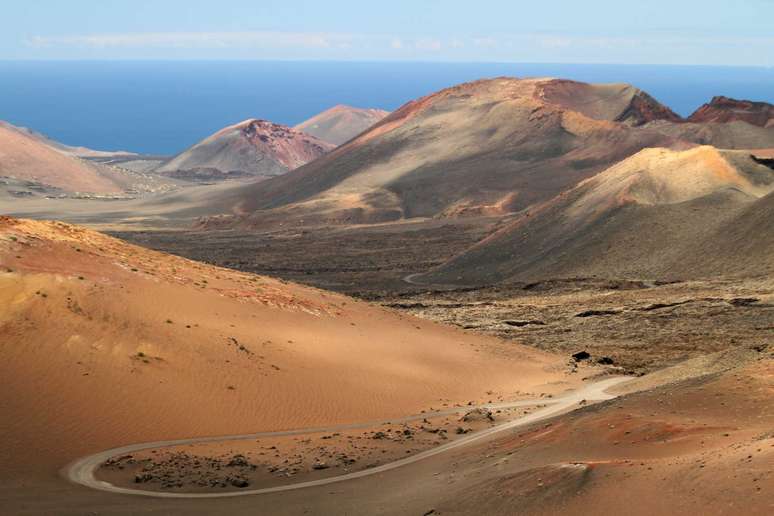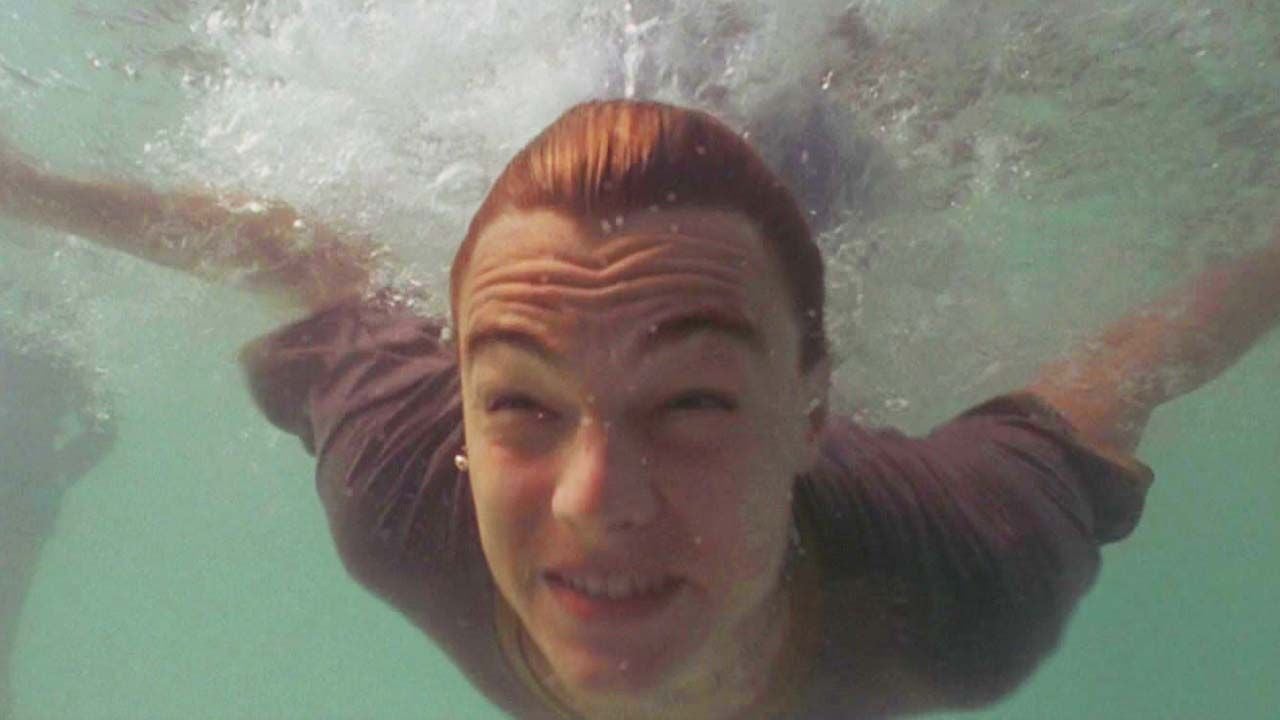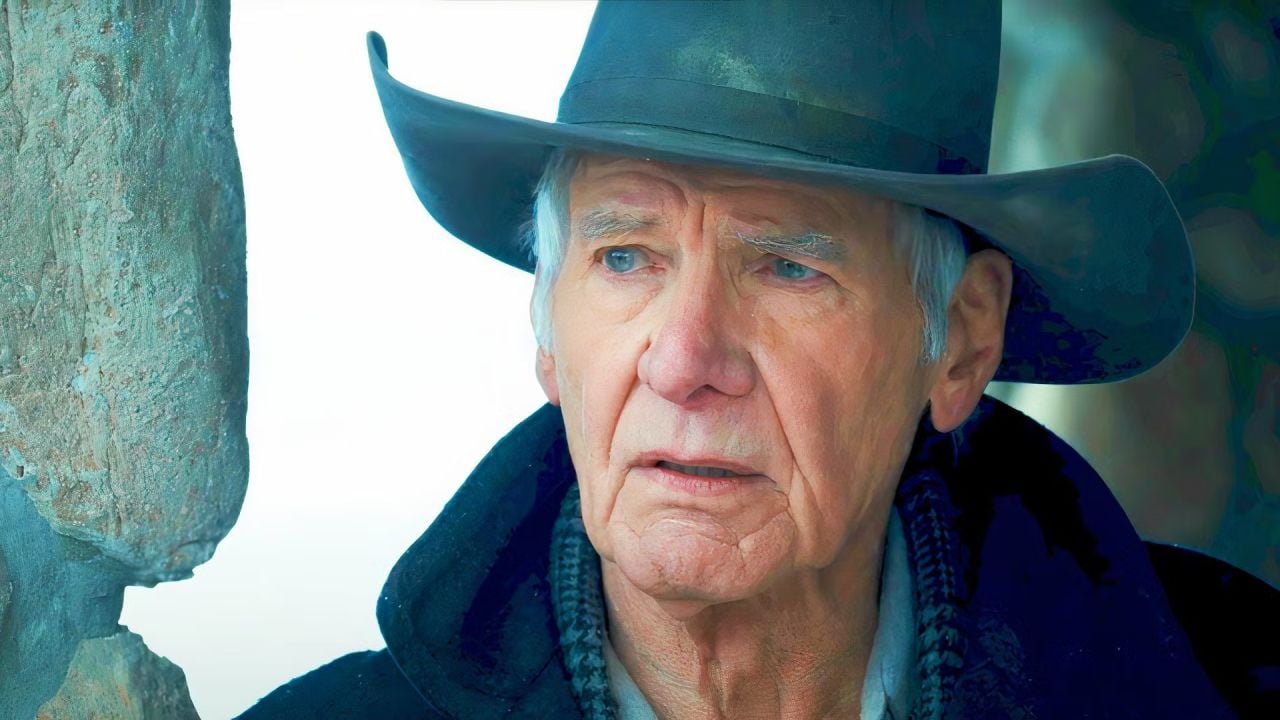It is just 140 km from the African coast […]
On September 1, 1730, between 9 and 10 pm, the earth suddenly opened up under the feet of the population of Lanzarote, giving rise to a mountain emerging from the ground, from whose summit blazing flames spewed.
In the following six years, between 1730 and 1736, an area of 200 km² was hit, without interruption, by eruptions that gave rise to more than 30 volcanic cones, destroying 26 villages.
Lanzarote would never be the same again. Nowadays, wherever you go, volcanoes of different shapes and a sea of lava are the most famous scenes.
Lanzarote
The Canary Islands are a Spanish archipelago made up of eight islands, like Lanzarote, a thousand kilometers from the Iberian Peninsula and just 140 kilometers from the African coast.
It is in this easternmost and oldest strip of land in the Canary Islands that there are more than 100 volcanoes, some of which are the setting for tourist attractions, such as the national park dedicated to volcanism and the bar-restaurant within a corridor of volcanic lava .
To get an idea of the firepower of volcanic activity 180 million years ago, the first stop is Timanfaya National Parkaddress of the ‘Road of Volcanoes’, a 14 kilometer circuit that crosses 25 volcanic craters, which can be visited by bus.
The lunar apparition with black, reddish and coppery tones is one of the most relevant eruptive processes on Earth and takes the visitor to see the same scenario as those six years of uninterrupted volcanic work in the 18th century, an experience made possible only thanks to the fact that Timanfaya has survived intact to the present day.
In that sea of basaltic lava beneath your feet, also known as ‘Montañas de Fuego’, try the panoramic restaurant El Diablo, whose menu is prepared in a rock oven that uses the heat of the volcano itself.
To the north, the island transports the traveler to Earth, in the most literal sense of the word.
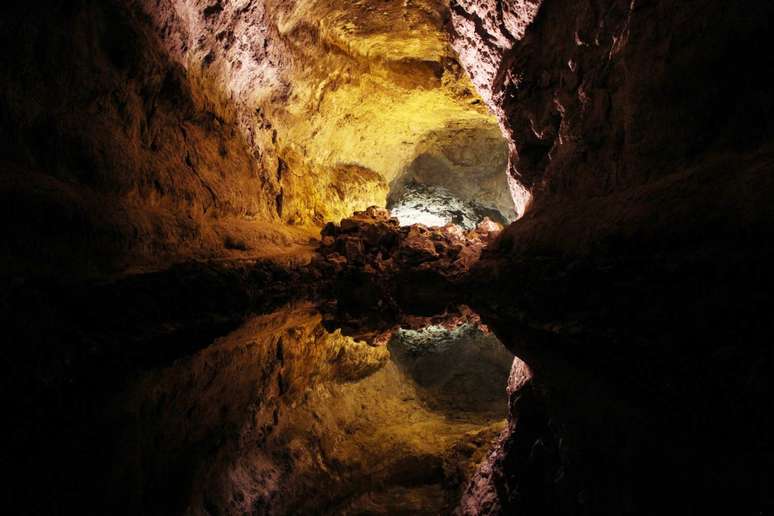
A Los Verdes Cave it is a sequence of volcanic lava tunnels, among the largest on the planet, formed by the La Corona volcano. With more than six kilometers running towards the sea, the place is made up of 16 different cave entrances that give access to volcanic halls up to 50 meters high.
The visit to these overlapping galleries, whose internal lakes tend to cause optical effects on the visitor (at certain moments we do not know what is the ceiling and what is the bottom of a presumed cliff), is completed by the lighting design and the musical accessories that change according to depending on the environment.
The furious action of the Crown, 21 thousand years ago, also gave rise to the Jameos del Agua, where a bar, restaurant and stage are located above a natural inland lake with endemic species such as the blind crab. All within a volcanic corridor under the sea, among insistent vegetation that gives other tones to that inhospitable scenario.
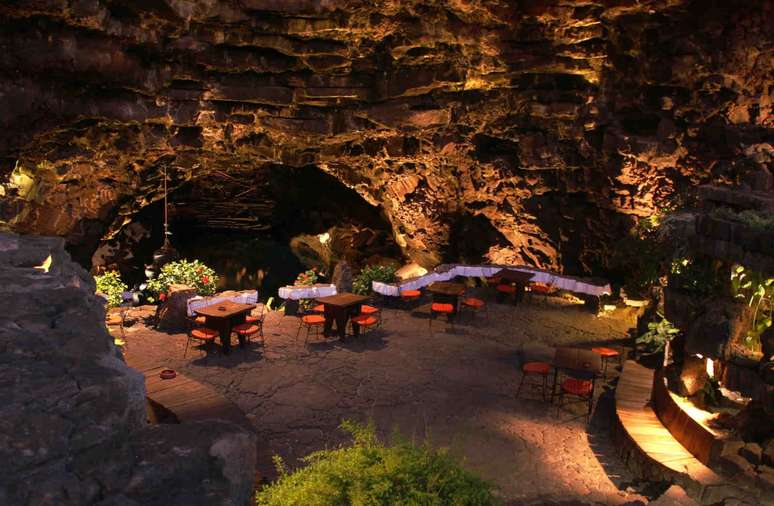
pretty island
The most famous address in Lanzarote is Graciosa Islandwhose name needs no translation or explanation.
This 29 km² island is known for its unpaved roads, one of the few places in Europe to still have no such roads, and for beaches with fine sand and waters that change tone throughout the day.
This is where the Reserva Marina del Archipiélago Chinijo is located, a protected area of 70 thousand hectares, considered the largest marine reserve in Europe.
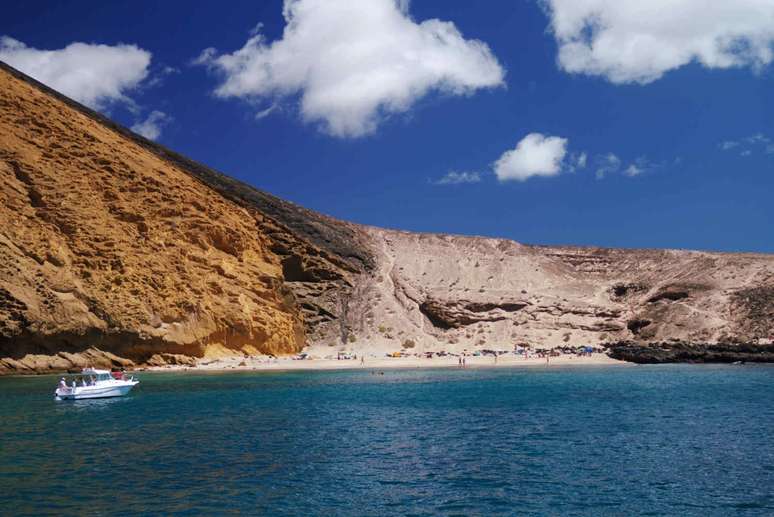
The boats that leave from the town of Órzola, in the north of Lanzarote, arrive full of tourists who scatter in the center of Caleta de Sebo, the main entrance to La Graciosa.
But just move away, towards the south of the island, and that scenario of white houses, interspersed with sandy streets, gives way to a succession of bays and beaches with calm waters, protected by natural stone walls.
Or will you say that you had already imagined swimming on a beach at the foot of a volcano? On boat trips, one of the stops is Playa de la Cocina, a strip of sand at the base of the Montaña Amarilla volcano.
And at the end of the journey, titles like “Blessed Islands” and “Different Island” begin to make sense.
Island of the arts
The Portuguese writer José Saramago and the artist César Manrique are the protagonists of the most famous cultural spaces on the island.
The theme of the 1998 Nobel Prize for Literature is Casa José Saramago (acasajosesaramago.com), an exhibition space in the same building where Saramago and his wife Pilar del Río spent the last 18 years of the writer’s life.
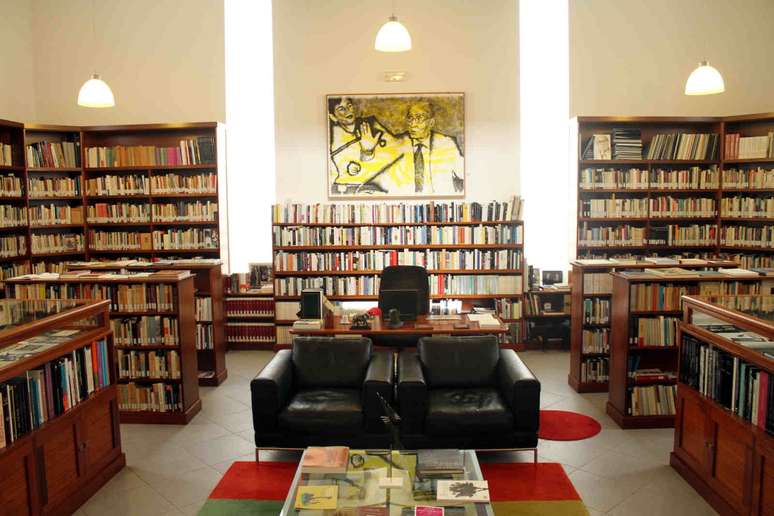
The guided tour takes you to the original rooms of the house, such as the office where Saramago wrote the first lines of the work ‘Ensaio sobre a Blindness’, as well as his rest room with artistic works created by artists such as Niemeyer and Carybé, and the room where Saramago “closed his eyes and let life leave him”, on June 18, 2010.
One of the strong points is the library with 16 thousand books, divided by theme, country and author, including dedications by writers such as Eduardo Galeano and Gabriel García Márquez.
Another artistic space in Lanzarote is the César Manrique House-Museum (fcmanrique.org), in the north of the island. The museum, which is housed in the artist’s original residence, was built within volcanic corridors and features a collection of paintings, sculptures, drawings, furniture and ceramics.
I WAIT WEB HISTORY
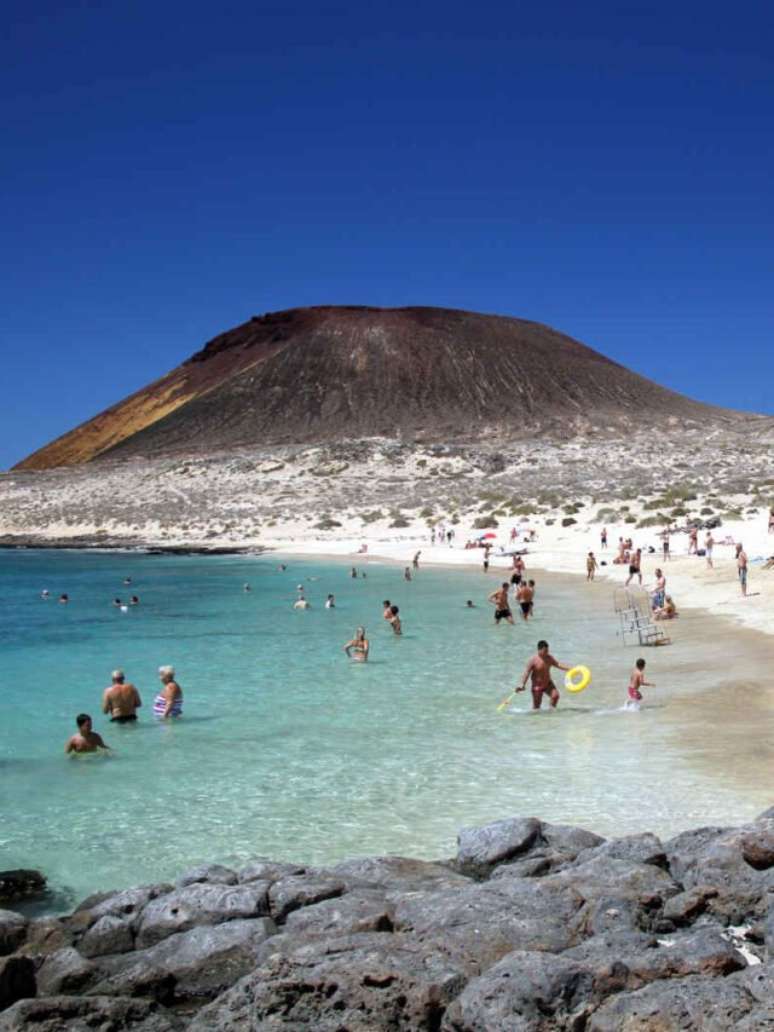
Source: Terra
Ben Stock is a lifestyle journalist and author at Gossipify. He writes about topics such as health, wellness, travel, food and home decor. He provides practical advice and inspiration to improve well-being, keeps readers up to date with latest lifestyle news and trends, known for his engaging writing style, in-depth analysis and unique perspectives.

